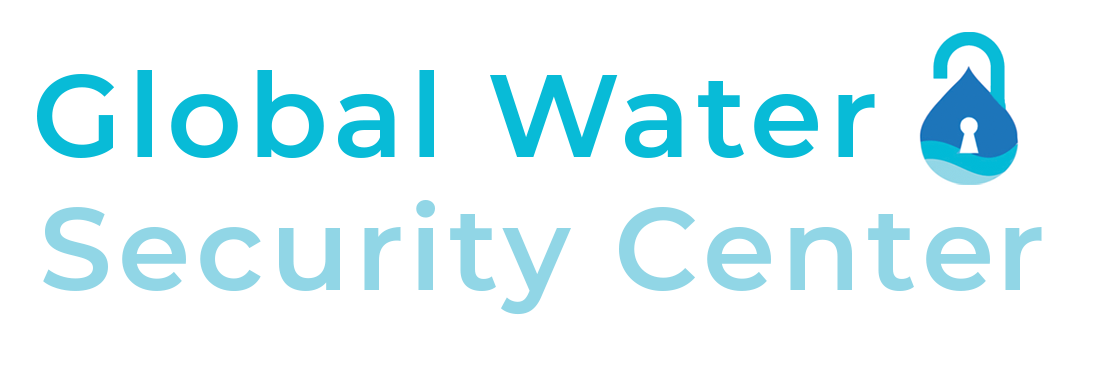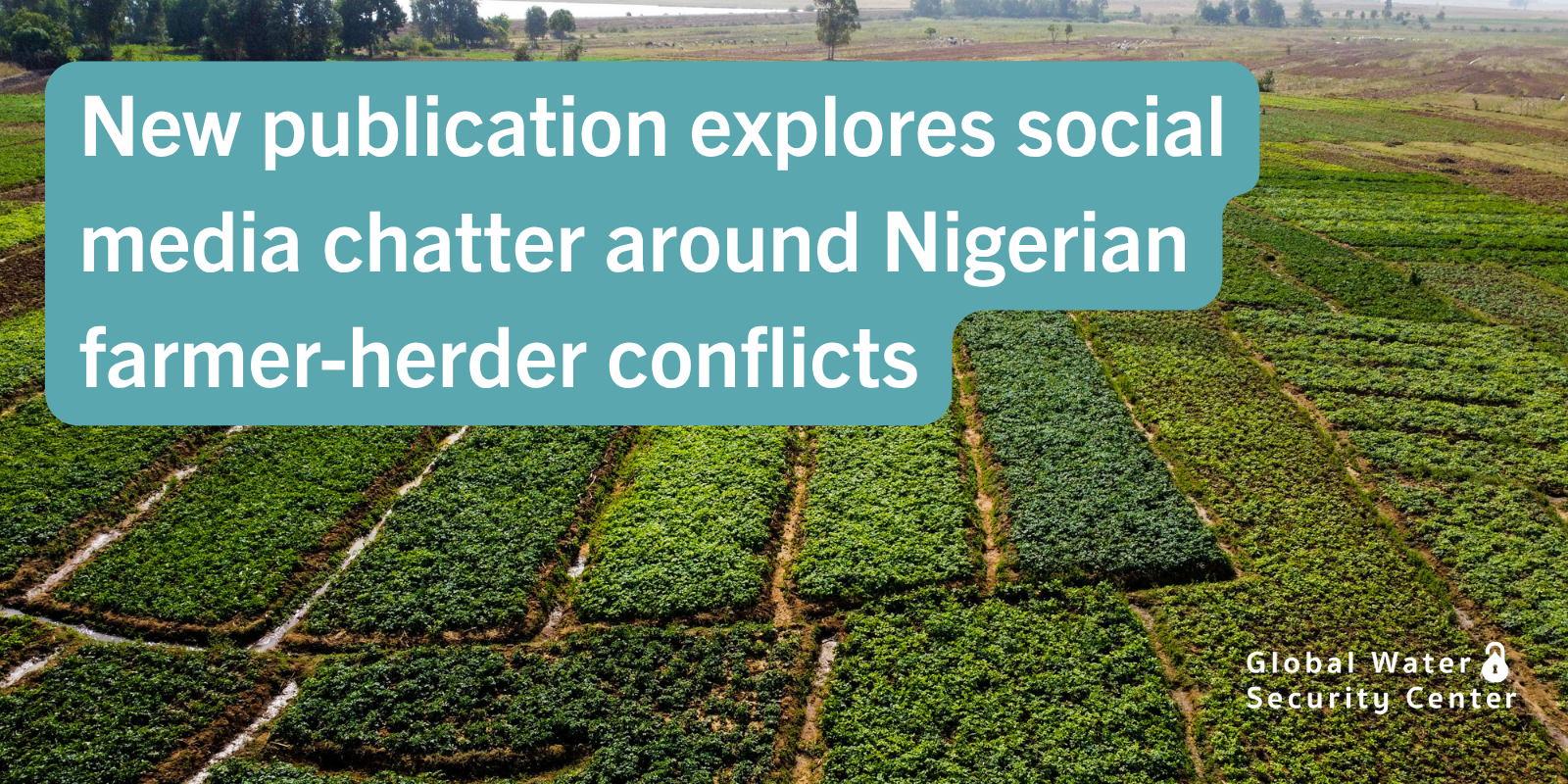This opinion article was written by GWSC Deputy Director Dr. Kate Brauman.
People talk. And getting the gist of what they’re saying can tell us a lot about on-the-ground impacts of the weather, water, and environmental phenomena that GWSC analyzes.
We partnered with the University of Alabama Public Opinion Lab to look at social media conversations about water-related conflicts between farmers and herders in Nigeria My biggest takeaway is that this is hard work, and the trends aren’t as straightforward as I imagined.
The “modern art” in the figure below shows all the variation in both the number and themes of water conflict-related Twitter posts (Tweets) in 9 years of data. Fortunately, Drs. Brian Britt, Jameson Hayes, and Matthew VanDyke in the UA Department of Advertising and Public Relations have developed approaches to separate the signal from the noise and make meaning from chaos.

We found that, over time, most Tweets could be described as evidence-based – people using logic to engage in conversation about an important issue. But when the number of Tweets exploded – which we found after a couple of high-profile incidents – they were marked by strong emotions, including blame.
I had high hopes of seeing something predictive in this discourse. Could we spot where tensions were high, setting the scene for a water disturbance to lead to conflict?
Turned out no, or at least not yet. But we can definitely see how social media discourse grew following conflict events and how it receded as policies aimed at conflict mitigation and resolution were introduced.
You can read the full study here. Environmental Research: Water is open access. Our findings are interesting, and perhaps more importantly, I think these methods have a lot of legs – I’m excited about our next steps!

